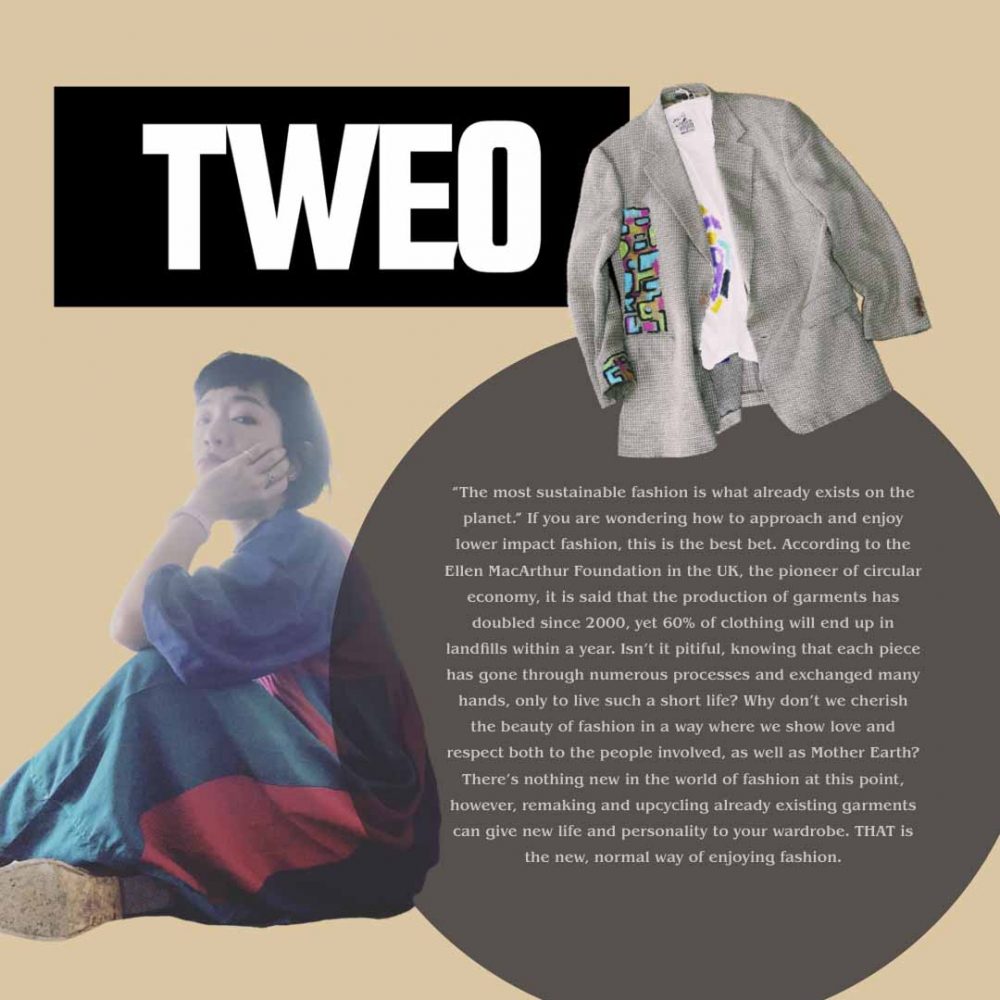この記事は日本語でも読めます。メニューにある Switch to JP ボタンを押してください。
This article is also available in Japanese. Please hit the Switch to JP button in the menu.
After finishing an essay that I posted a little while ago, “Because I’m Attached Not Only to Things, But…“, one small, miscellaneous thing remained in my heart. In the piece, reminiscing about the time when I used to enjoy reading physical media and not digitally, I remembered how much I enjoyed “cutting out images from magazines to make collages” when I was a teenager.
Most people don’t get everything they want, due to their financial limit or realistic situation, no matter how attractive they find something. During my time in junior high and high school, I found too many things attractive, in fact, way more things than what I actually could possess. In retrospect, making collages worked to fill in the gap between what I wanted and what I could actually obtain, and therefore, it was one of my favorite fun activities back then. To share them and chit-chat about them with friends was also a major part of it.
It actually reminded me that I still do something similar. I save numerous images of what I find attractive on Instagram and Notion. Not only did that bring back memories, but it also made me want to recreate the sharing experience.

Top image: Collage made by COOKIEHEAD
Left to right: Chopova Lowena, Jess Meanly, Rave Review, OhSevenDays, and La Réunion Studio
Dilemma of Sharing Favorites
One of the most common requests that THE LITTLE WHIM gets is about sustainable fashion brand recommendations.
I would love to support attractive and creative brands that have an amazing environmental, sustainable and societal impact, and champion these great causes by sharing them with my readers. However, in reality, there are a lot of gray areas when evaluating if those brands are truly sustainable or ethical. I’m certain I’m not the only person who has that kind of dilemma.
It’s not possible to assess all ethical and environmental impacts across the entire supply chain. Even if it was, styles, sizes, and prices also matter when it comes to purchasing. There are many compromises that I have made, depending on the situation each time.
With that being said, the duty of recommending something to an often broad audience feels like it requires way more responsibility than my imagination and capability can grasp.
Despite being such a small space, THE LITTLE WHIM has an audience from all over the world. My suggestions are not always accessible to all people across the globe. Also, there are people who hesitate to cause additional environmental impact by using international shipping.
Fashion that Makes “Old” into “New”
All things considered, in response to the requests I get about my favorite sustainable fashion brands, today’s fashion article discusses one specific aspect of sustainability: repurposing surplus materials such as deadstock fabrics, and remaking vintage items.
As alluded to earlier, there have been endless conversations surrounding ethical sourcing, sustainable production, etc. Every solution tends to have pros and cons. Among all, however, at THE LITTLE WHIM, we celebrate the concept of fashion where what already exists is cherished. #oootd (old outfit of the day) is one of the key components when it comes to my personal, everyday fashion routine.
So… let’s take a look at the sustainable fashion brands that succeed in making “old” into “new” today. You’ll certainly see creations that focus on the joy of repurposing the old, rather than utilizing futuristic fibers or advanced technology.
On another note, the brands featured here are ones that I have found attractive, and saved as favorites, but I have never purchased or owned. Therefore, this is not a review, but just intended for the sake of sharing inspirations and excitement. Just like peeping your friend’s collage where they cut and pasted all their favorites…
1. La Réunion Studio
https://www.lareunionstudio.com/
New York (USA)
Based in New York City and Brooklyn, La Réunion Studio creates patchworked items, using deadstock fabrics. The founder, Sarah Niskiak, is a Nigerian American, and her background and insights play a key role in the brand’s creativity.
”La Réunion is named after the island off the coast of Madagascar. The many influences for this project include the vibrant stories of African culture, post colonial African countries, ideas surrounding reclaimed beauty, togetherness, color, joy, and inviting ones self back to what was always there all along. It is materializing an idea of sacred and unabashed individuality. Everyone is invited”
Reference: “About La Réunion Studio” (La Réunion Studio)
Since everything is done by hand in small batches, their signature dress is made to order, and they take color scheme and sizing requests. According to her profile, Sarah has a master’s degree in Art Therapy – perhaps that helps, too.
When I first got to know the brand, there was only one dress style. Now, they have more pieces including jackets and pants.
Personally, I’m very much intrigued by the fascinating brand concept and the silhouette of the dress. Plus, the brand is based in Brooklyn where I call home, and this dress has moved up from my “attractive” list to my “want” list. I would like one curated for myself, using browns and beiges, adding warm colors such as wine, or cool shades like green. Not sure which one would work for me, but it’s definitely fun to brainstorm.
2. Chopova Lowena
https://chopovalowena.com/
London (UK)
This up-and-coming designer brand is a creation of Emma Chopova, a Bulgarian-American, and Laura Lowena from the U.K.
Emma was raised in New Jersey by her parents of Bulgarian descent. Living as an immigrant in American society developed her sense of heritage, and a desire to connect with folklore culture. Laura was influenced by traditional British cloth making, particularly in children’s wear. The two traditional handcraft fanatics met at Central Saint Martins and Chopova Lowena was born.
Reference:
“Meet Chopova Lowena, the English-Bulgarian Label All the Street Style Stars Are Wearing” (W Magazine)
“This English-Bulgarian Brand Is Making Fantastical Traditional Dress” (Vogue)
As a conventional designer brand that releases collections seasonally, not all materials they source are repurposed. But the concept of recycling/upcycling is definitely rooted in their core pieces of each collection.
By reclaiming surplus materials and implementing traditional handcraft in their design studios, the outcome is organically formed around a sustainable center. Their traditional craftsmanship-infused, repurposed fashion is now loved by various celebrities. Oh, in the buzzed editorial of the December 2020 Vogue, Harry Styles wore their skirt, too (since the featured item has a non-vegan, leather belt, I hesitate to post the image, but it can be found here).
3. Rentrayage
https://rentrayage.com/
New York (USA)
Inspired by a French word meaning “to mend” and “to make whole again,” Rentrayage creates new clothes out of old and vintage pieces, as well as deadstock. Everything is done by hand in New York City and Brooklyn.
Erin Beatty, the founder, questioned the current collapsed system where “designing into a concept creates waste in the name of creativity,” which is “inherently unsustainable.” The brand was born as a rejection to the stigma.
Reference: “About Rentrayage” (Rengrayage)
The brand’s webpage about sustainability cites the challenges they champion as a small brand. For instance, utilizing excess materials is already a plus, but they also donate the surplus they create during the production to Fabscrap, a local New York textile recycling program.
Due to their specific business model, and their micro business scale, it is also noted that they are not compatible with third party certifications or reporting systems. However, they continue to be involved with the surrounding sectors in order to grow their entrepreneurship, as well as to inspire others to follow the same aspirations.
4. Jess Meany
https://jessmeany.com/
California (USA)
The brand namesake and owner, Jess Meany, worked in the fashion industry as a textile development professional for twelve years before setting off on her own in 2019. Her experience and close involvement with the industry which generates so much waste influenced her to cherish what already exists in the world.
She gathers deadstock, vintage, outdated, or buried fabrics across the U.S.
Reference: “Our Story” (Jess Meany)
The brand’s hallmark item is quilted jackets, and they are made in limited quantities. They fulfill custom orders as well.
Each relaxed and nostalgic jacket has not only playful color combinations, but also distinctive patchwork patterns depending on the prints. It seems like a perfect lightweight outerwear style for California. I’m actually very interested, but I’m afraid it’s not for the kind of cold New Yorkers usually face, perhaps…
5. Rave Review
https://www.rave-review.com
Stockholm (Sweden)
Launched in 2018, what Rave Review reanimates is not surplus in the fashion industry, but something that can be ubiquitous to homes.
Livia Schück and Josephine Bergqvist started leveraging carpets, drapes, bedspreads, and duvet covers into new high-end fashion concepts. After receiving stellar reviews and becoming a star brand overnight, now they source excess home fabrics from textile-collecting businesses across Sweden.
Reference: “Rave Review Is Proving Sustainable Fashion Can Be Cool” (Teen Vogue)
Nevertheless, it is not a piece of cake to present cohesive production by using what’s available without producing textiles. As demand grows, it has become almost impossible for them to make every single item appear the same. Interestingly enough, that phenomena actually proved that the fashion industry has entered into a new phase, and audiences praise that. As Teen Vogue’s article analyzes, sustainable practice is essential, and therefore, it is ok for production to be inconsistent, as a result of a sustainable mindset.
It’s been a while since thrifted fashion first gained popularity, but what Rave Review represents is not only the beauty of finding a gem at a local GoodWill store, or digging through mom’s old wardrobe. They also employ one-of-a-kind design philosophies and construction techniques as a designer brand. “Old is new” – this brand thrills me because they redefine what high-end fashion can accomplish in harmony with sustainability.
6. OhSevenDays
https://ohsevendays.com/
Istanbul (Turkey)
OhSevenDays embraces the true state of slow fashion.
When Megan Mummery, a Canada-born Australian, moved to Istanbul, she struggled with the bureaucratic and hectic process of starting a small clothing brand. Purchasing raw materials, producing samples multiple times, and putting the products out on the market… doing all of this with a limited budget, she learned a lot of things the hard way.
At the same time, she witnessed so many pieces of fabric discarded at major factories in Istanbul. Her intention was to connect these two dots, and she slowly but surely began her own fashion collection, using industry waste.
Reference:
“About OhSevenDays” (OhSevenDays)
“Sustainable Sourcing” (OhSevenDays)
They introduce their production managers and sewers on their website, where they impart their personal stories. The brand’s transparency shows who made our clothes, which is something hugely lacking in the industry still to this day.
7. Maison Cléo
https://maisoncleo.com/
Lille (France)
Marie Dewet, might be the mother of Maison Cléo’s design and branding, but she also happens to be the daughter of Cléo Dewet, who is a seamstress for the brand.
The materials are all sourced from couture houses, designer studios, and factories in France, and the production is all done by hand. They open their website every Wednesday to take limited quantity orders.
Unlike most brands today, they don’t go by any fashion calendar, and therefore they don’t have seasonal collections. Everything is up to the materials Marie finds available. Since all items are made to order, they accommodate size customization requests.
Reference: “This Frendh Mother-Dauther Duo Are Waging War with Fast Fashion” (CR Fashion Book)
The brand, which has grown to be one of the most-hyped brands on social media, started on a whim. Marie was having a hard time finding the perfect top for herself that was made of natural fibers in France, so she asked her mother to make one. She started posting those homemade items on Instagram.
They began to get requests to purchase their pieces on the Internet and started a small brand. Some popular influencers wearing their pieces brought tremendous attention to Maison Cléo. This social media generation success story, however, has some tragedy as well. A number of so-called fast fashion brands copied their designs and sold them at a lower cost. It mortified them, but they didn’t take legal action because of how much money, time, and effort it would cost for the daughter-mother duo.
The fast-fashion versions are made with inferior materials, and there’s no transparency in supply chain and production. It is on the completely opposite side of the spectrum than what Marie and Cléo intended. I can’t even imagine the level of Marie’s indignation, which can be read in her interview with CR Fashion Book.
There are still unfair games being played between small, vulnerable, but sincere brands and the conventional, large, and duplicitous brands that replicate only the surface of their independent counterparts.
8. Small Lot Co.
https://smalllot-co.com/
Vancouver (Canada) & San Francisco (USA)
The last brand on my list is Small Lot Co., an accessory brand that makes shoes and hats.
I first discovered the brand when I saw their Mary Janes on Instagram. They use 100% recycled cotton to create those shoes, and their process is completely free of harmful chemicals, with smaller water usage compared to conventional textile processing. Their dyes are plant based and environmentally friendly. In addition to that, the brand donates excess fabric to local farms where they get composted.
The production takes place in safe factories in Guatemala, securing living wages.
Reference: “Upcycled & Naturally Dyed” (Small Dot Co.)
Their Mary Jane shoes remind me of my childhood – they actually make ones for kids, too.
As the brand name indicates, they produce in small batches, and I often find their signature styles back-ordered. Their easy-breezy cotton shoes are on my list for next summer.
Lastly
Fashion that highlights deadstock, industry surplus and used items has become more and more popular these days. Accordingly, there have been questionable, misleading examples in this field as well, unfortunately.
For example, brands may label themselves as a deadstock reviver, but their definition of deadstock could be ambiguous. Some brands developed as a true deadstock reviver, but as the business scale grows, their deadstock portion doesn’t always keep up with it. Nevertheless, the branding still remains as it originally was.
I’m not trying to say only small businesses should triumph, or that all big corporations are devious. However, there is a growing number of small brands that are revolutionizing the industry through limited resources, while championing great causes, and engaging with sustainability and consumerism sincerely. Their efforts and dedication should not be obscured. We, as consumers, should always keep in mind that by supporting these brands, we can do our part as well.
この記事は日本語でも読めます。メニューにある Switch to JP ボタンを押してください。
This article is also available in Japanese. Please hit the Switch to JP button in the menu.
You may also like…





